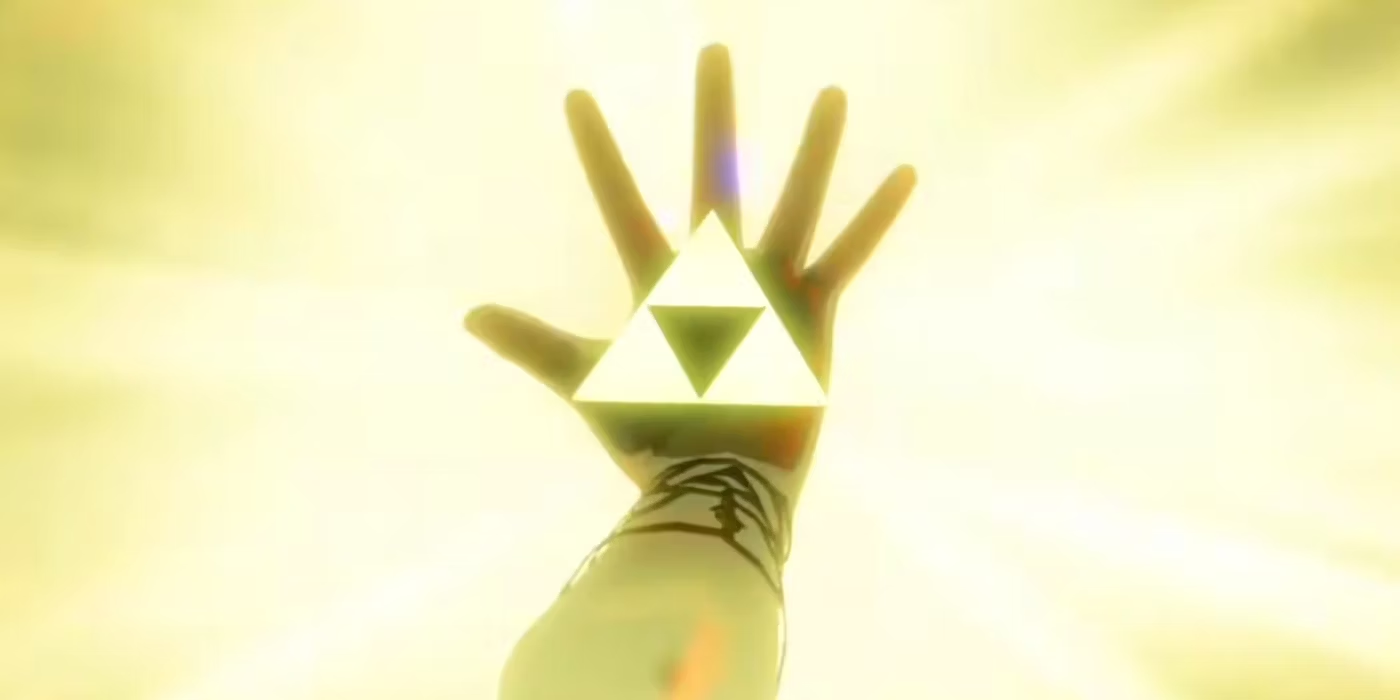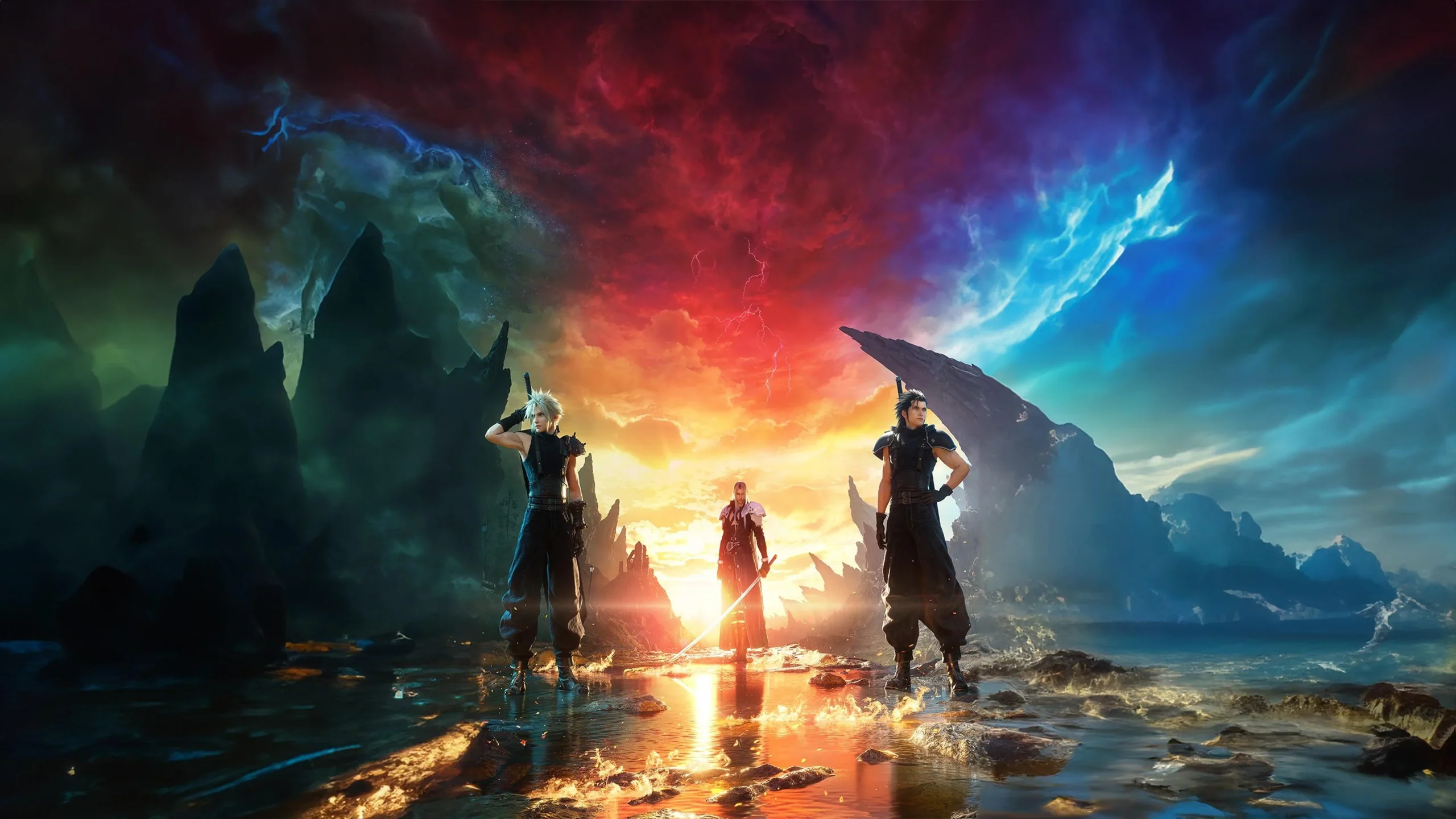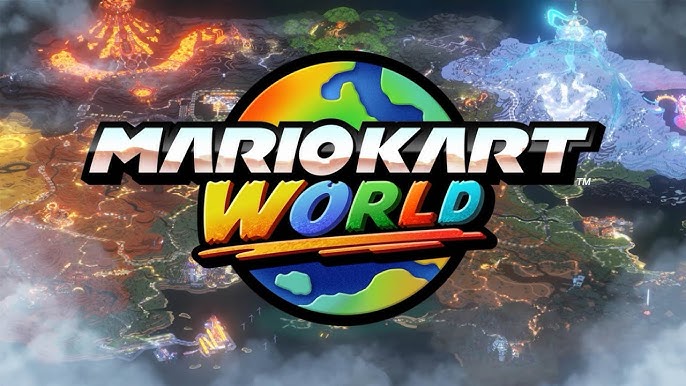The Legend of Zelda series, created by Nintendo, has been captivating gamers since its inception in 1986. Central to the mythos of this beloved franchise is the Triforce, a sacred relic comprised of three golden triangles representing Power, Wisdom, and Courage. Each piece embodies a fundamental force of the universe, and together they form an ultimate source of omnipotent power. This article delves into the Triforce of Power, exploring its origins, significance, and impact throughout the series.
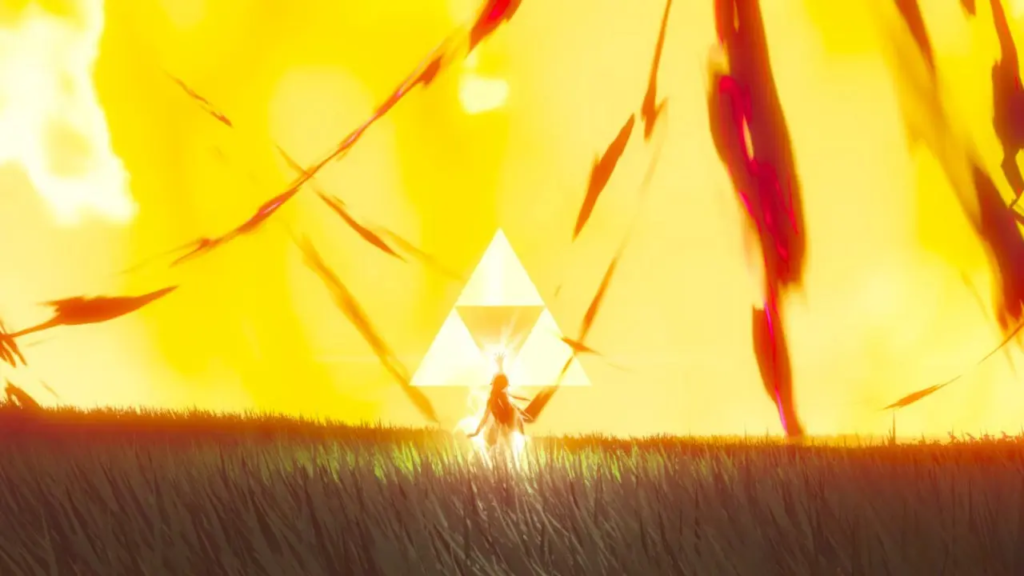
The Triforce’s origins are rooted in the creation myth of Hyrule, the mystical kingdom where much of the Legend of Zelda series takes place. According to legend, the Triforce was created by the three Golden Goddesses: Din, Nayru, and Farore, who are credited with forming the world and its laws.
Din, the Goddess of Power: She is responsible for creating the material realm. Using her strength, Din shaped the land and the red earth.
Nayru, the Goddess of Wisdom: Nayru instilled order and law into the world. Her wisdom granted the spirit of law to the world.
Farore, the Goddess of Courage: Farore breathed life into the land, creating all living beings who would uphold Nayru’s laws and live on Din’s land.
After completing their work, the three goddesses left behind the Triforce, a powerful relic that grants the wishes of those who possess it. Each part of the Triforce—Power, Wisdom, and Courage—was imbued with the essence of the respective goddess.
The Triforce of Power, associated with the Goddess Din, represents strength, might, and the ability to exert control over others. It grants its wielder immense power, often manifesting in physical strength and magical abilities. This piece of the Triforce has been central to the ambitions of the series’ primary antagonist, Ganon.
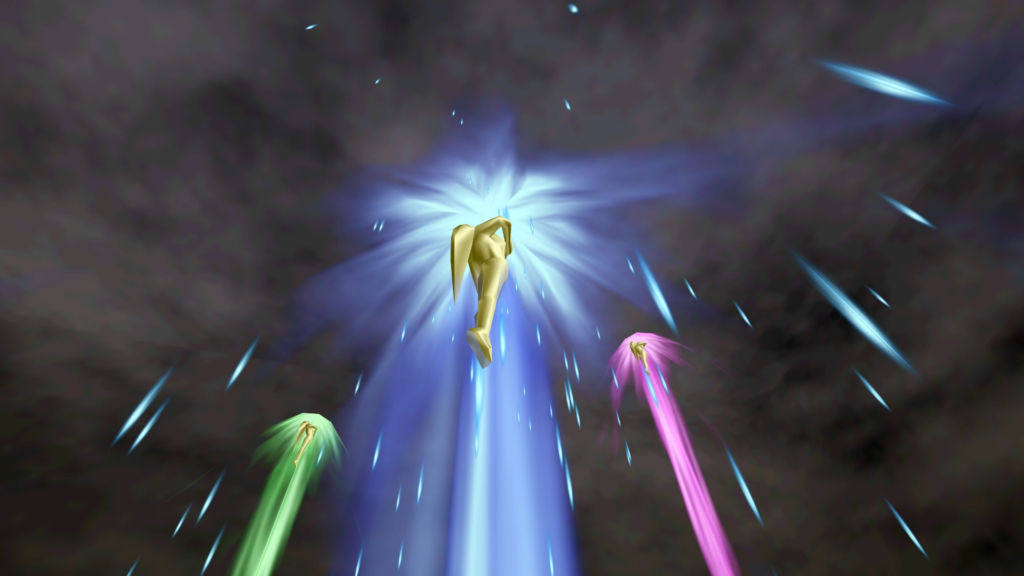
Ganon, also known as Ganondorf in his human form, is the primary antagonist of the Legend of Zelda series. He is often depicted as a malevolent sorcerer and warlord seeking to conquer Hyrule and claim the full Triforce. Ganon’s quest for power is a recurring theme throughout the series, and his possession of the Triforce of Power is a pivotal plot point.
In Ocarina of Time, Ganondorf, the Gerudo King of Thieves, seeks the Triforce to dominate Hyrule. After manipulating events to gain access to the Sacred Realm, he manages to touch the Triforce. However, because his heart is imbalanced, the Triforce splits into three pieces. Ganondorf retains the Triforce of Power, allowing him to conquer Hyrule and transform into the monstrous Ganon.
The Triforce of Power grants Ganondorf near-immortality and extraordinary abilities, making him a formidable foe for Link, the series’ hero. Link’s quest to defeat Ganon and restore peace to Hyrule is driven by the need to counter the overwhelming power granted by this artifact.
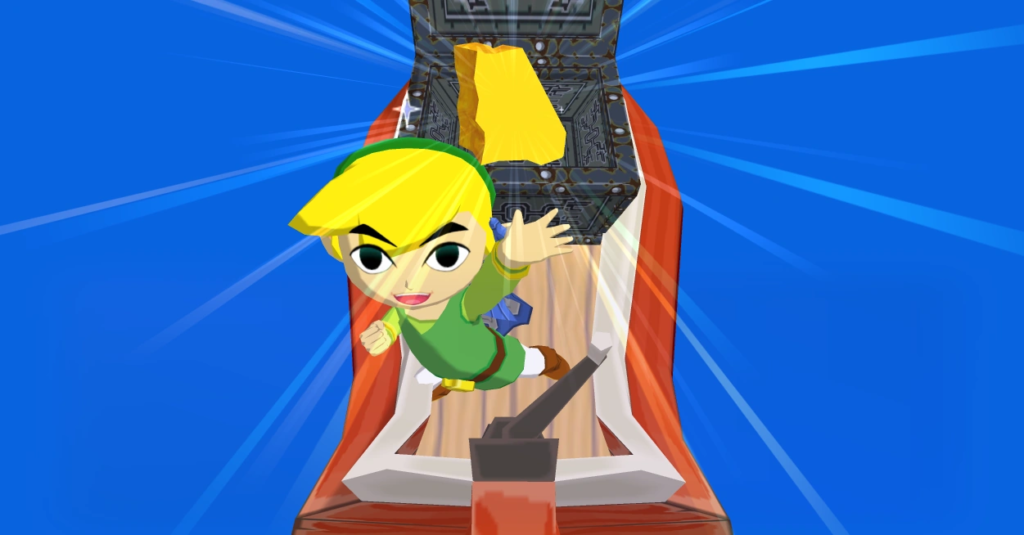
In The Wind Waker, set in a world flooded by a great ocean, Ganon returns to seek the complete Triforce once more. Despite his defeat in Ocarina of Time, his possession of the Triforce of Power allows him to survive and plot his return. The game’s climax involves Link and Princess Zelda (Tetra) working together to stop Ganon and prevent him from reuniting the Triforce pieces.
Twilight Princess sees Ganondorf wielding the Triforce of Power after being executed by the ancient sages. The artifact’s power allows him to survive the execution and escape to the Twilight Realm. There, he forms an alliance with Zant, the usurper king, to invade Hyrule. Link, bearing the Triforce of Courage, must once again rise to the challenge and thwart Ganondorf’s plans.
The Triforce of Power is not just a symbol of strength but also a narrative device that underscores the series’ themes of balance and morality. Its influence extends beyond mere physical might, affecting the very fabric of Hyrule’s history and the lives of its inhabitants.
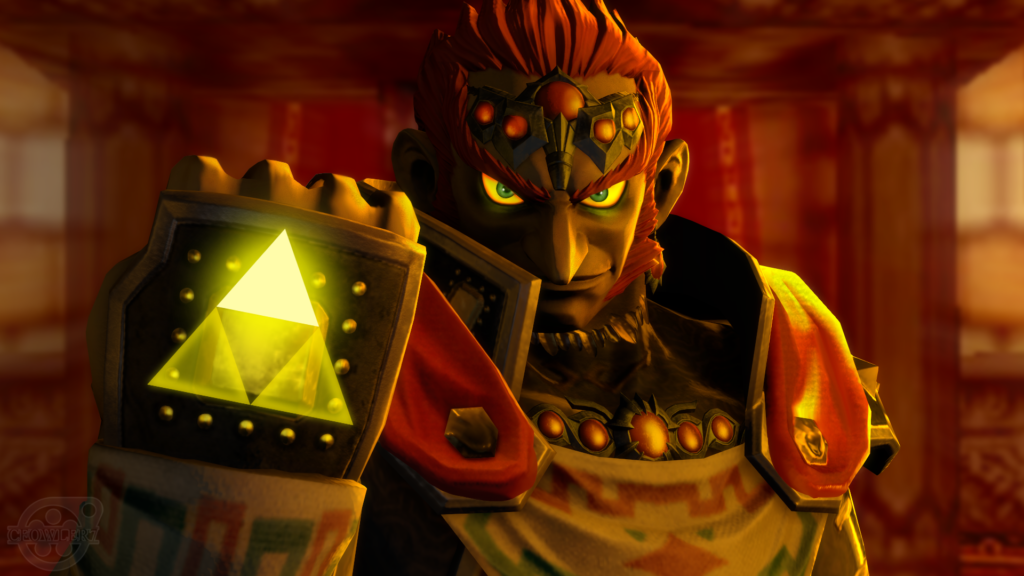
The Triforce of Power embodies the concept of strength and control, which can be used for both good and evil. While Ganondorf often uses it for domination and destruction, the Triforce itself is neutral, its effects determined by the wielder’s intentions. This duality highlights the series’ exploration of the ethical use of power.
The Triforce’s three components—Power, Wisdom, and Courage—represent a balance of essential qualities. The series consistently emphasizes that true harmony and effective leadership require the integration of all three. The imbalance caused by Ganondorf’s singular possession of the Triforce of Power serves as a cautionary tale about the dangers of unchecked power.
Throughout the Legend of Zelda series, the Triforce of Power has been depicted in various ways, reflecting the evolving nature of the games’ narratives and mechanics.

In the early games, such as The Legend of Zelda (1986) and The Adventure of Link (1987), the Triforce served as a key plot element but was not deeply explored in terms of lore. These games laid the foundation for the Triforce’s significance, with Ganon often seeking to claim its power.
As the series progressed, titles like Ocarina of Time, The Wind Waker, and Twilight Princess expanded on the Triforce’s mythology, providing richer backstories and character motivations. These games delved into the complexities of the Triforce of Power, illustrating its impact on Hyrule’s fate and its bearer’s transformation.
Breath of the Wild (2017) and its sequel Tears of the Kingdom continue to explore the themes of power and balance, though the Triforce itself plays a more subtle role. The game’s open-world design and focus on exploration reflect the spirit of the Triforce, encouraging players to discover their own paths to power, wisdom, and courage.
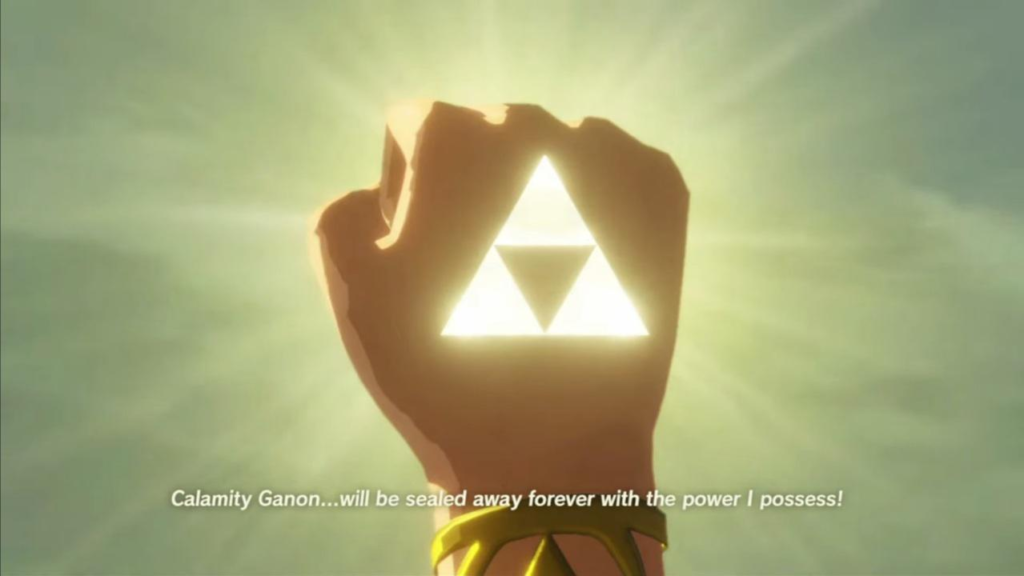
The Triforce of Power is a cornerstone of the Legend of Zelda series, representing not only the strength and might of its bearer but also the broader themes of balance, morality, and the ethical use of power. From its mythological origins to its pivotal role in the series’ narratives, the Triforce of Power has captivated players and shaped the epic tales of Hyrule. As the series continues to evolve, the Triforce of Power remains a symbol of the enduring struggle between light and darkness, reminding us of the complex nature of true strength.

